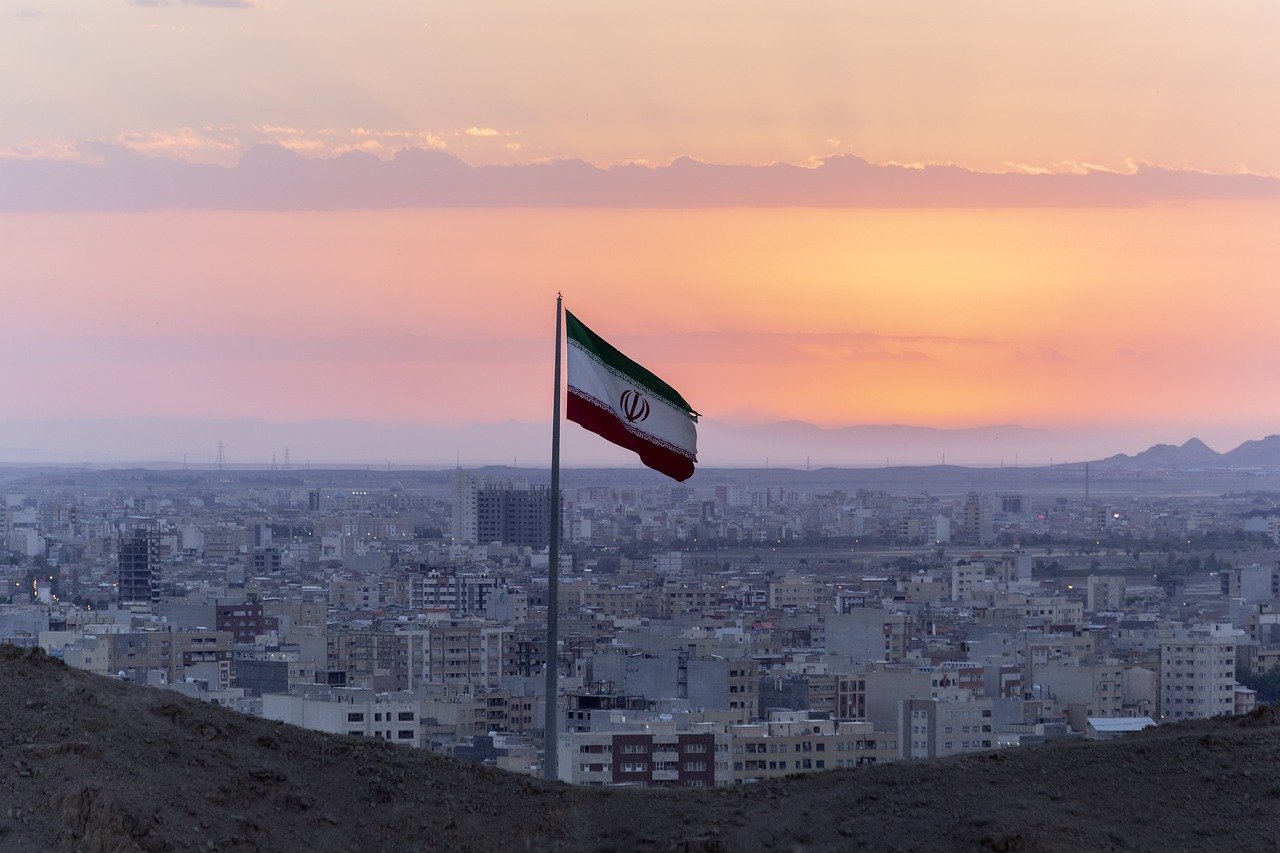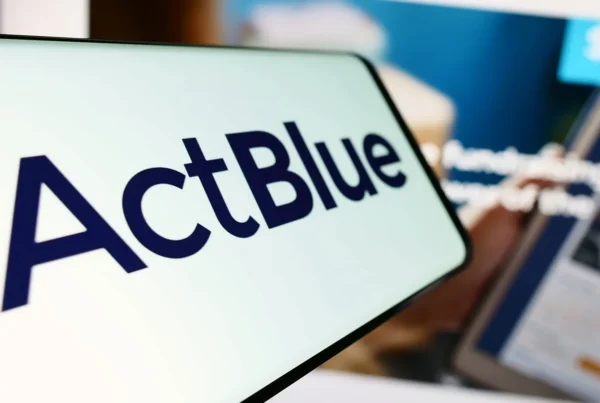President Biden has yet to make good on his campaign promise to return to the JCPOA. The US strategy of ‘compliance for compliance’ is a de facto continuation of Trump’s policy of maximum pressure with harsh economic sanctions. Iran’s population is suffering. Time is running out for the JCPOA as Iran will likely elect a more hard-line president in June 2021 and Iran’s agreement with the IAEA Director General will expire then.
Diana Mautner Markhof, 14 March 2021
The joint statement of February 21 by Ali Akbar Salehi, Vice-President of the Islamic Republic of Iran and Head of the Atomic Energy Organization of Iran (AEOI) and Rafael Mariano Grossi, Director General of the IAEA, gave hope that Iran and the US might return to the JCPOA (Iran nuclear deal). Under this agreement with the IAEA, Iran would fully implement without limitation its Comprehensive Safeguards Agreement with the IAEA, which will continue with its necessary verification and monitoring safeguards activities for a three-month period. Time is running out for the Biden administration and Iran to return to the negotiating table.
President Donald J. Trump withdrew from the JCPOA in May 2018 and re-imposed strict US sanctions on Iran. This US campaign of maximum pressure was designed to weaken the Iranian regime with the ultimate goal of regime change. But clearly, it is the Iranian population, whose public health system had already been weakened by the long-standing UN and US sanctions, which has suffered the most. This “economic terrorism” or “medical terror”, as Iran’s Foreign Minister Mohammad Javad Zarif labeled the US maximum pressure sanctions amid the pandemic, has hindered Iran’s fight against COVID-19. Vital drugs, PPE and ventilators have been almost impossible to procure, and Iran has one of the highest death tolls worldwide from COVID-19: 60 000 deaths and counting. The first 10 000 doses of Sputnik V arrived from Russia only in early February 2021. US and UK vaccine producers have been banned from selling vaccines to Iran, and the country received, several months delayed, 100 000 doses of Astra Zeneca through the Covid-19 vaccine program, COVAX, of the World Health Organization.
While the US insists that medicines and medical supplies are excluded from US sanctions, companies have nevertheless been reluctant to conduct business with Iran. INSTEX (Instrument in Support of Trade Exchanges) — created by the three European countries party to the JCPOA (Germany, France, Great Britain) on Jan. 31, 2019 and activated by the EU in March 2020 — has failed. The European parties to the JCPOA did not succeed to set up a financial channel and a special mechanism for transferring money which would circumvent US sanctions on Iran. INSTEX was unable to save the JCPOA. The EU 3, threatened with secondary sanctions by the US if they met their JCPOA obligations to Iran, could not demonstrate their economic independence from the US.
Hopes were high that President Joe Biden would rejoin the JCPOA after taking office. President Biden ran on a platform promising a return to the Iran nuclear deal. However, instead of finding a solution, tensions are mounting on both sides as the situation continues to escalate. The ghosts of the past and interest groups of the present are seemingly too great a barrier to overcome. The three-month window, negotiated by Director General Grossi, will be the most likely timeframe for achieving a diplomatic solution. The current positions of Iran and the US make clear that even negotiations will not be easy since both parties seek, i.a., to have their pre-conditions met and save face.
In a US Department of State Press Briefing on March 11, Ned Price, the Spokesperson for Secretary of State Anthony Blinken, reiterated the US stance towards Iran. The US “will not offer any unilateral gestures or incentives to induce the Iranians to come to the table”. The US insists that Iran must return to full compliance with its JCPOA commitments before the US will “be in a position” to discuss proposals which “could help push both sides back on that path of mutual compliance to the deal”. Under this “compliance for compliance” strategy, Iran must make the first move by returning to full compliance with the JCPOA. Only then would the US return to the JCPOA and start to remove its sanctions. But Price made clear that for the US this is just the first step as it seeks to “lengthen and strengthen” the Iran nuclear deal, meaning it wants to expand the JCPOA to include other areas of US concern, such as Iran’s ballistic missile program and regional activities.
Iran’s Foreign Minister Mohammad Javad Zarif addressed a letter on March 12, 2020 to EU Foreign Policy Chief Josep Borrell, in which he clearly refuted this new/old US strategy. His letter made clear that if the US intends to make amends for its JCPOA withdrawal and violations, including its imposing of unlawful sanctions, the US will have to take the first step and comply with its JCPOA obligations.
For the Biden administration, the JCPOA remains a means to an end, namely, to use the JCPOA to weaken Iran’s geopolitical power in the region. Trump’s policy of maximum pressure is being continued under the Biden administration. The US reluctance to remove sanctions and thereby forgo its economic leverage over Iran has not been lost on Iran’s leaders. Iran’s presidential election on June 18, 2021 is a critical factor, as President Rouhani cannot run for another term and a more conservative president (if not a hard-liner) will likely take office. Instead of insisting on re-negotiating the JCPOA or on lengthening and strengthening the deal, the US and Iran should find a diplomatic solution sooner rather than later, otherwise the window of opportunity may close for good.
Picture © pixabay.com
Other Articles Which Might Interest You
A Window Of Opportunity: Revival Of The Iran Nuclear Talks In Vienna





